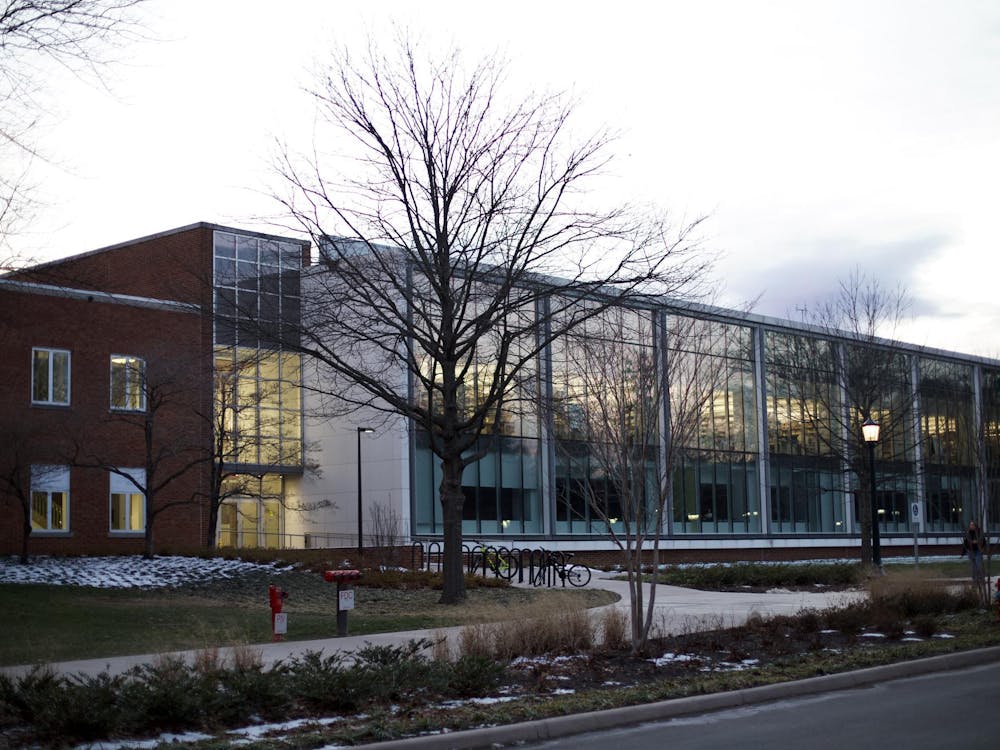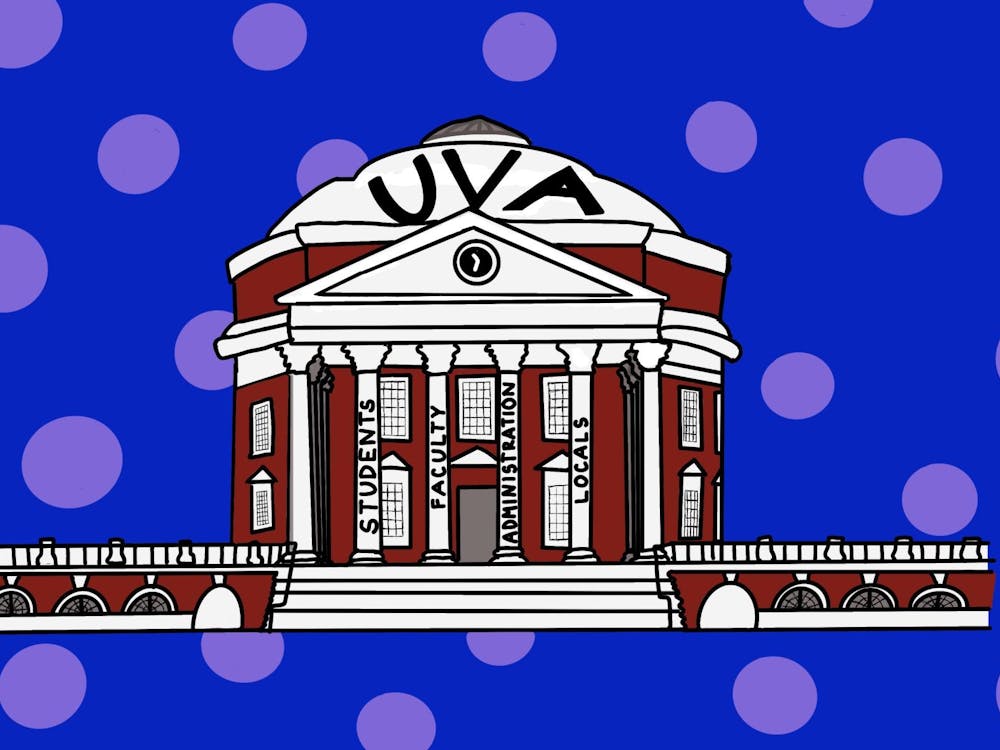If you are a University student, chances are you couldn’t help but notice the recent #WeAreAllUVa social media campaign. Inspired by the #ITooAmHarvard project at Harvard University, this campaign aims to challenge and extend how diversity is viewed by posting pictures of students as they share their opinions or personal experiences.
So how have students responded to the #WeAreAllUVa campaign? With interest, to be sure, but also a little confusion. A common complaint seems to be that some of the comments are out-of-place or difficult to understand. Moreover, it seems many students are uncertain of the campaign’s purpose. I suggest we view this campaign not simply as a display of sheer diversity, but as an illustration of the various ways people can be made to feel like outsiders in their own community.
Listening to my friends’ responses after viewing the #WeAreAllUVa Tumblr blog, they often make a point of qualifying their enthusiasm. Some of the photos are really powerful, they note, but a few seem like they didn’t belong. For example, one participant shares a conversation from when he commented on the cold weather. “But I thought you were from New York,” a bystander replies. “So people from New York are immune to cold weather?”, the participant retorts.
Are comments like this one really offensive enough to be included? Do they really challenge how diversity is viewed at the University? Though it’s certainly a stretch to attribute the “New York” comment as discrimination, the statement touches on one of the campaign’s primary themes: being made to feel like an outsider in your own community. Perhaps this New Yorker doesn’t feel at home in the South. Perhaps it’s a significant point of insecurity for him — something that makes him feel isolated from the University community. In this sense, whether something is offensive or traditionally “controversial” is largely irrelevant to the mission of this campaign. Though being a northerner at a southern school is hardly equivalent to, say, being a black or queer student, it does suggest that students should be more sensitive to how we acknowledge people’s differences.
The #WeAreAllUVa campaign illustrates the problem of being made an outsider not just as a member of the University sphere, but also as a member of our larger Charlottesville community. And the pictures of our homeless population — one of which reads “Just because I’m homeless, doesn’t mean I’m not human” — suggest that we can even make other members of this city feel like outsiders of the human race itself.
The “outsider” theme that #WeAreAllUVa addresses is particularly problematic when considered in light of our University’s values. As students, we not only hold greater responsibility to manage our affairs and self-govern, but we actively promote the idea of a “Community of Trust.” If some of our peers are repeatedly made to feel like outsiders in their own community — whether because of their ethnicity, beliefs or background — it jeopardizes these ideals of trust.
Though this project has certainly captured the student body’s attention, its success is contingent upon clear goals and decisive action. Generating awareness of diversity might challenge student assumptions and generate some relevant dialogue, but this does not tap into the initiative’s full potential. Students might assume that #WeAreAllUVa aims to change the University’s policy and culture, but at this stage in the project, it is difficult to guess precisely how pictures translate into political or social change.
Yet future plans for the campaign seem to anticipate this criticism. As Tina Mensa-Kwao, one of the project’s founders, details in an email, #WeAreAllUVa actually consists of several stages, of which the photographs are simply the first. Phase 2 involves a video journal of minority students speaking on their experiences with marginalization at the University. “A picture is powerful,” Mensa-Kwao notes, “but to hear the voice, stories, and reasoning behind a person’s experiences will further allow viewers into their story.” The third and final phase aims to influence the University administration through round-table discussions and other engagements between students and policy-makers.
Taking the larger picture into account, #WeAreAllUVa seems to have a clearer focus than its beginning would suggest. Making stages two and three publicized as soon as possible — on its tumblr page or elsewhere — will provide students with further context on how to interpret the campaign. If #WeAreAllUVa is to create the kind of open-minded community it promotes, the campaign must extend beyond its photos and anecdotes and engage the larger community.
George Knaysi is an Opinion Columnist for The Cavalier Daily. He can be reached at g.knaysi@cavalierdaily.com.





